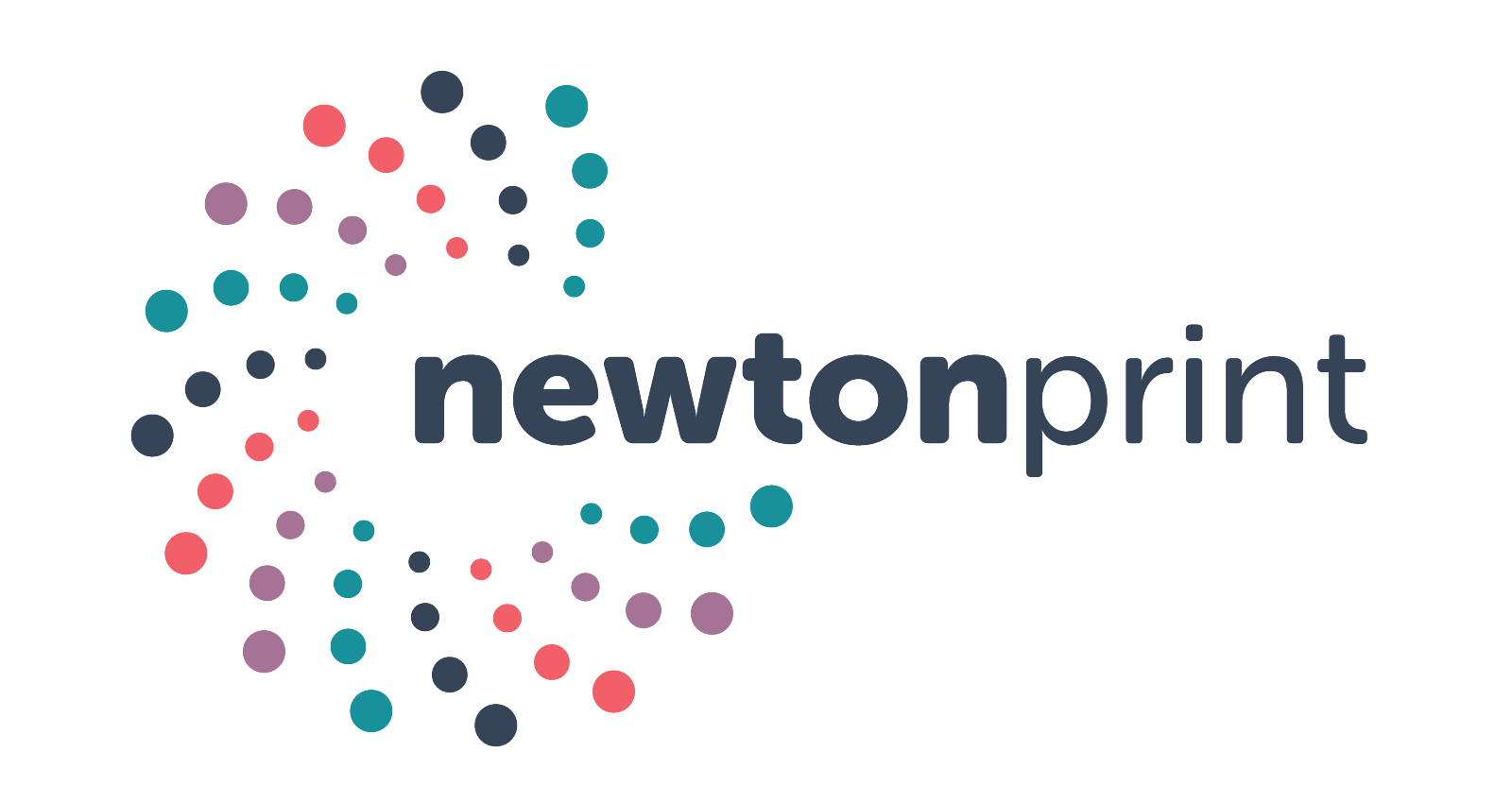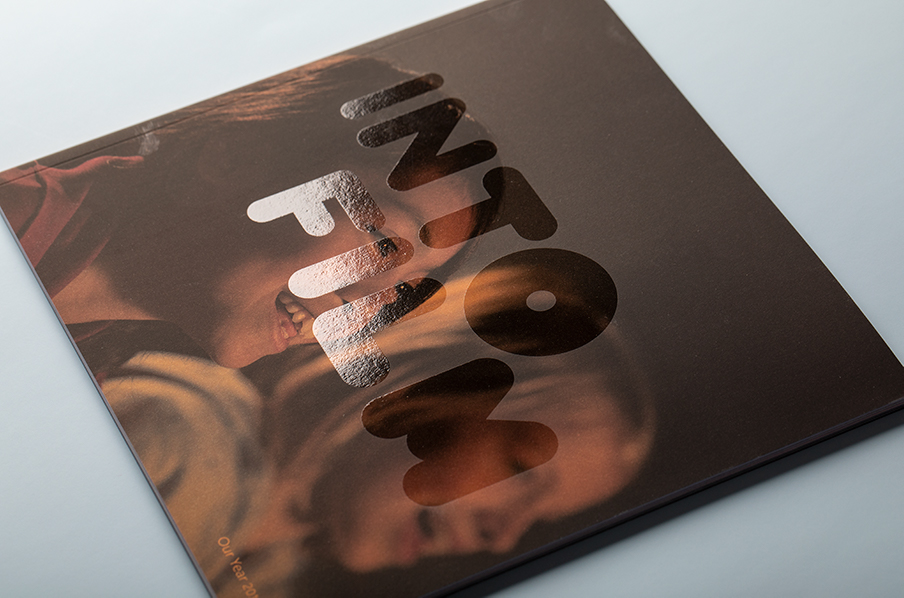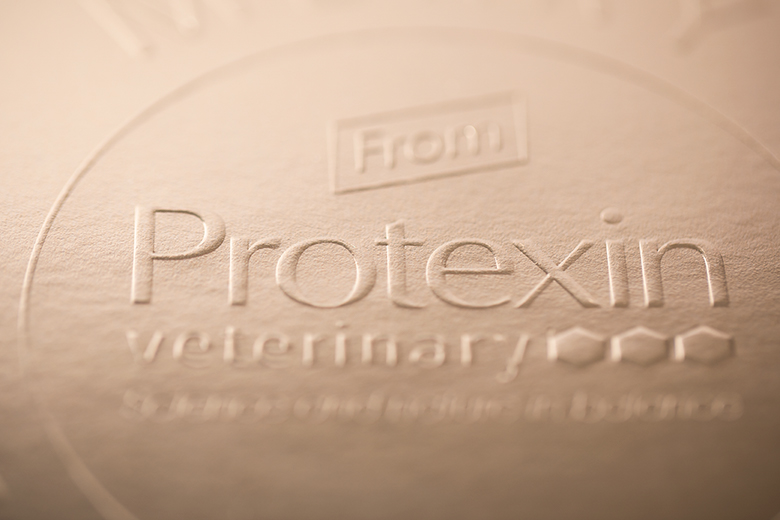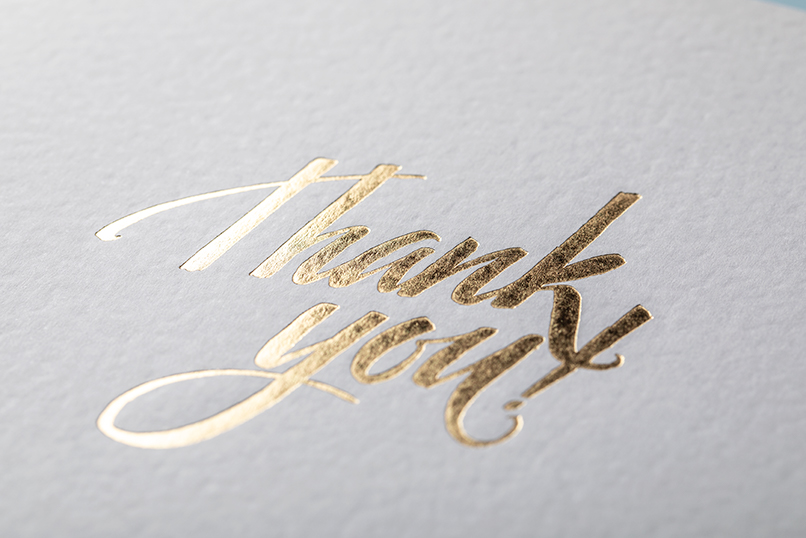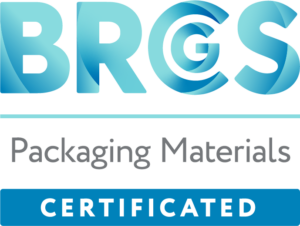Spot UV Varnish – eye-catching highlights
July – the month of the good old British summer… and the Silverstone Grand Prix.
There’s something irresistibly eye-catching about the sight of an F1 car zipping past, glinting in the sun and standing out against the bland tarmac. Even if you’re not into F1, you’re bound to take a second glance.
The same goes for one of our favourite finishes of all time: the mighty Spot UV, featuring in our calendar for July 2016.
Its full name is Spot Gloss UV Varnish, but mostly that’s a bit long-winded. It does help to explain what it’s all about though. For a really in-depth discussion, check out our Swot Spot section below, but here’s a quick overview:
Spot UV varnish covers specific areas with a slightly raised, clear gloss varnish. It’s absolutely ideal for picking out logos, important text and images, or for more subtle design features.
Not only does it highlight your important information, it also provides a stunning contrast, especially when used with matt lamination. You’ve probably noticed when reading books that you’re subconsciously fingering the cover, feeling the contrast of the glossy Spot UV against the smooth matt lamination.
This is exactly the reaction your customers will prove; not just the highly visual, eye-catching reflections of the gloss but also the tactile element. It’s this multi-sensual element that makes Spot UV, and indeed all of print, so effective and unique.
SPOT UV VARNISH FOR YOU
How can you use Spot UV in your printed marketing?
- Direct mail, brochures, calendars, catalogues, folders
- Highly creative, luxury promotional materials
- Try using it in subtle patterns over the top of your print for added wow factor
- Consider a high-build Spot UV for a more tactile finish
- Use on imagery to really bring out the colours and clarity
Our print experts on what to look out for with Spot Gloss UV Varnish:
“Spot UV is a secondary process after print and as long as your artwork is set up right, the end result will look stunning as we work hard to make sure the registration is bang on. It’s difficult on short runs that are printed digitally though because of the registration issues with digital print, so we tend not to recommend it in this scenario.”
Our marketing wizards have a word for you too:
“We love Spot UV because it can make such a different to a piece of print. The most obvious use for it is to pick out a logo or image. For the best impact though, you should consider using it as an overlay so that it doesn’t follow the lines of the print below. For example, having your logo in Spot UV as a ‘watermark’ can be incredibly effective.”
SWOT SPOT
To create this effect, the spot gloss varnish is applied to a printed sheet in an area that has been pre-specified with a piece of artwork which is then converted to a film. This varnished area is then placed under a UV lamp to cure it so that it dries instantly.
It can be defined to very fine lines but don’t go too thin (below 0.5mm) for areas that are critical, as the varnish may not be able to hold.
If you want to see Spot UV in action and compare some of the different finishes, take a look at the July leaf in our 2016 calendar. If you don’t have one to hand, just ask and we’ll post one to you right away.
You’re reading an article from the Newton Print Marketer Pro Hub. We’re trying to do our bit to help marketers’ lives easier. It’s been confirmed that marketing and design departments are the most overworked of all so it’s time that was recognised. We use our experience to help you transform mediocre marketing with an injection of creativity and 30 years of know-how.
Newton Print – taking care of you personally.
